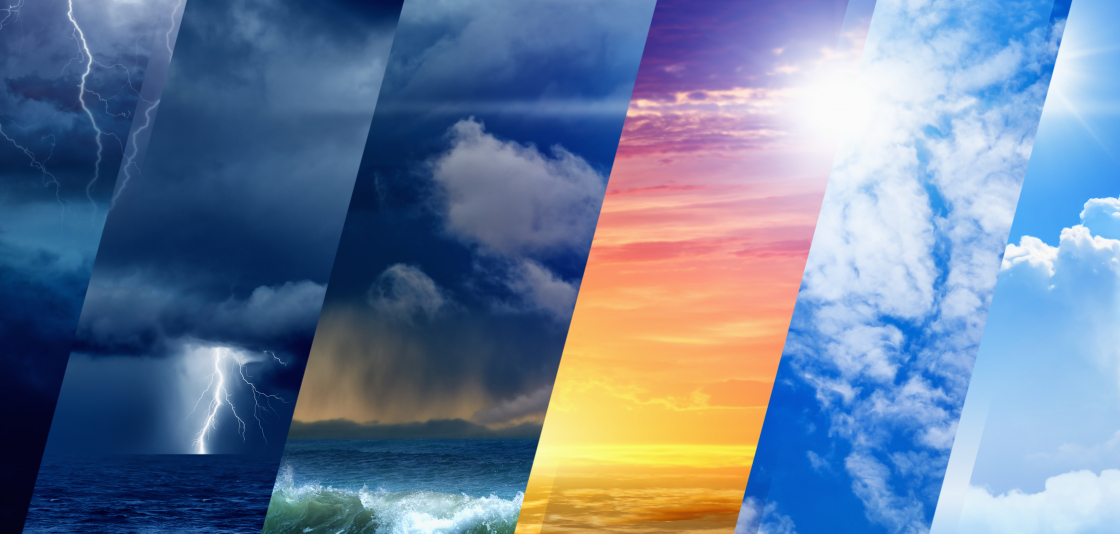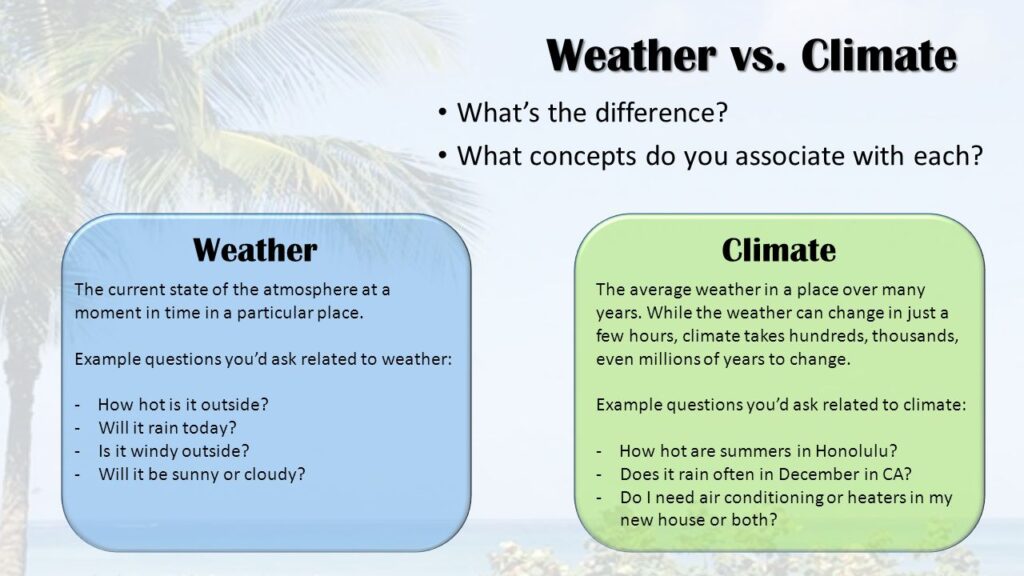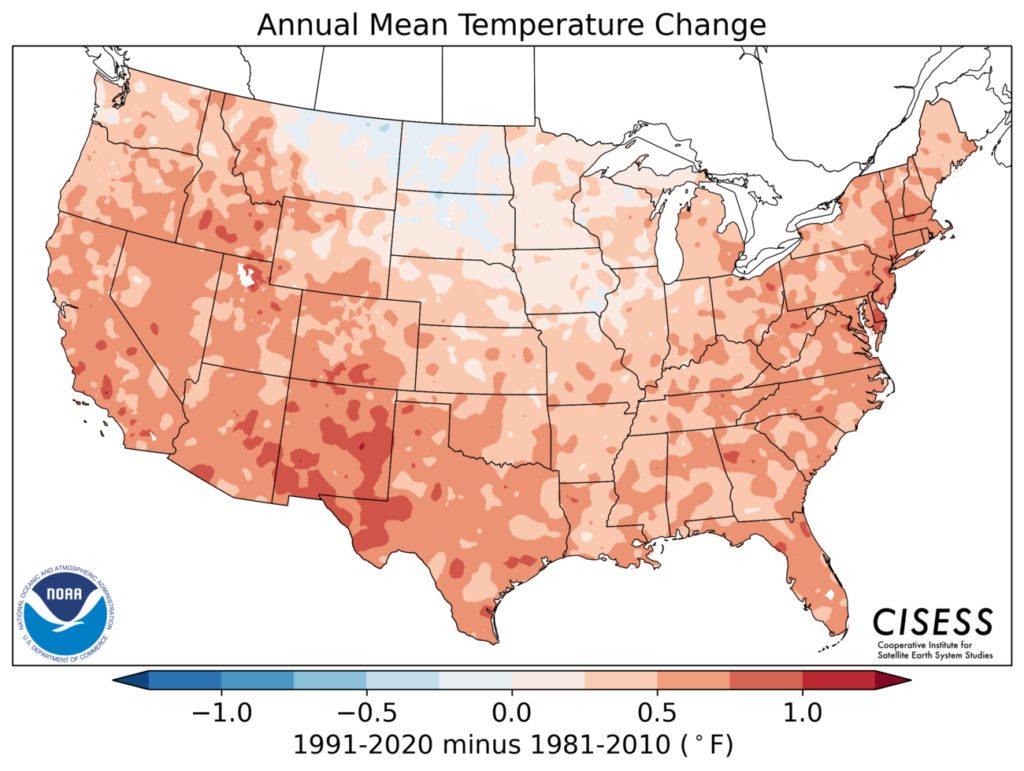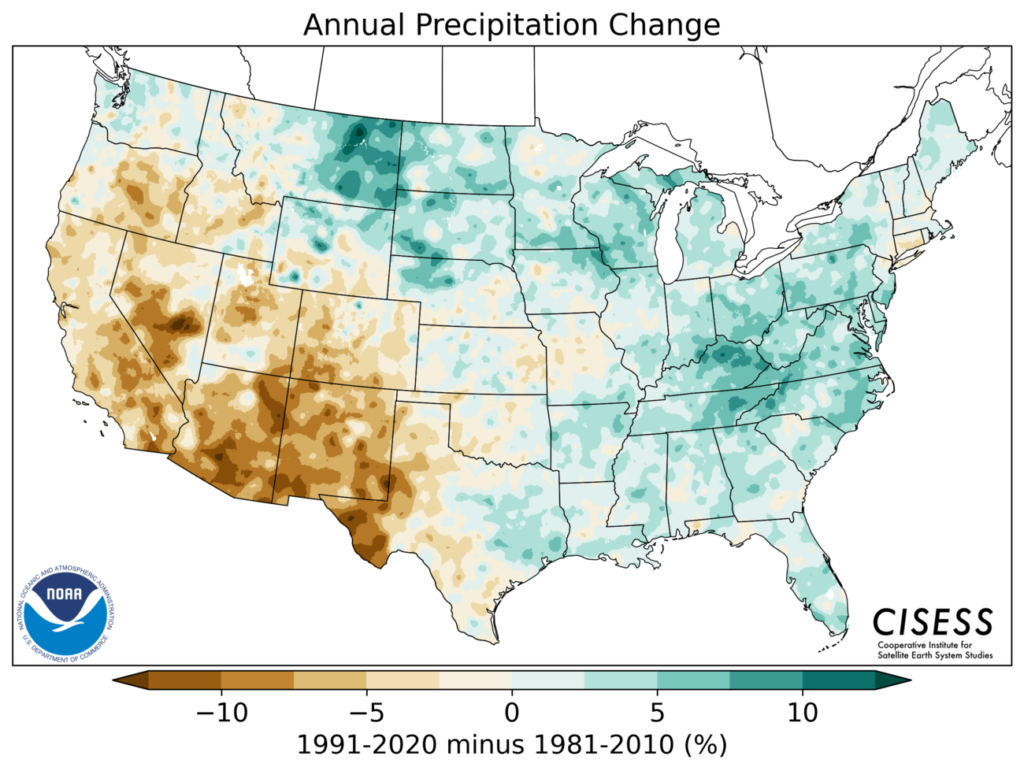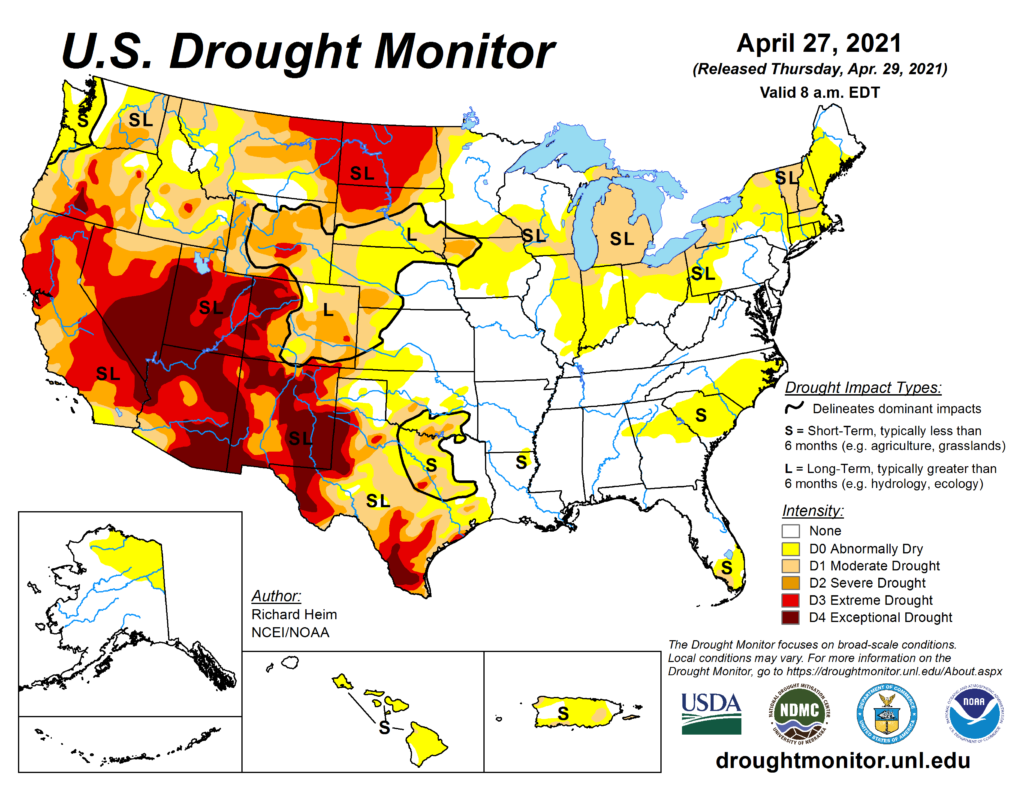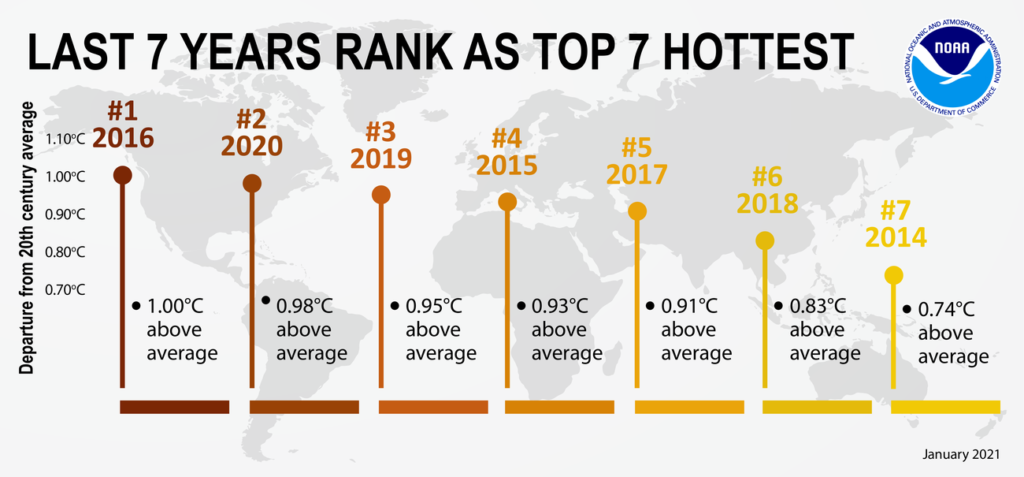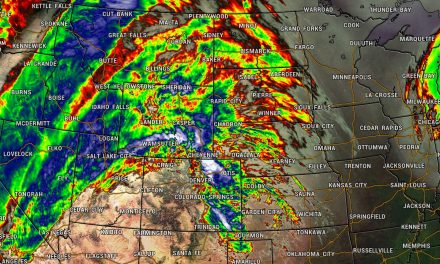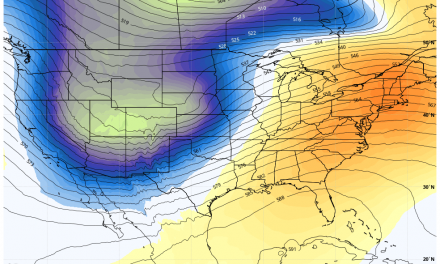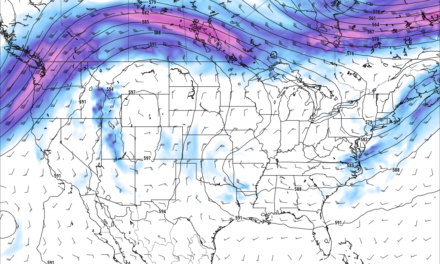Weather Vs Climate
Before we start into the juicy part of this article, it’s important to know the difference between “Weather” and “Climate.”
Weather is generally a term used to describe the state of the atmosphere right now or over very short time periods (hours, days, even months)
Climate is used to describe weather over a longer period of time to establish patterns or “normals” of which we can compare weather with. Climate can help us gauge how our weather is stacking up compared to what is “normal” for that time period. For example, it’s not unusual for us to see lots of snow in March, but it is much more unusual for us to see lots of snow in May. We know this because when we look back at how the climate behaves, we don’t see a lot of Mays in the historical record with lots of snow. (Is May 2021 behaving normally so far?) Another example is that we expect it to be hot in July and August because that’s what we expect based on data/patterns we’ve seen for a long period of time.
Why and When We Update Climatological Averages
Just like weather, climate is constantly changing over a period of time (but a much longer period of time.) The National Weather Service updates climate normals every 10 years and keeps a 30 year running average. You’ll see these on the news a lot when for example they have the day’s high temperature and the “normal” temperature. It gives us the ability to gauge if and how extreme the weather is behaving at any point in time.
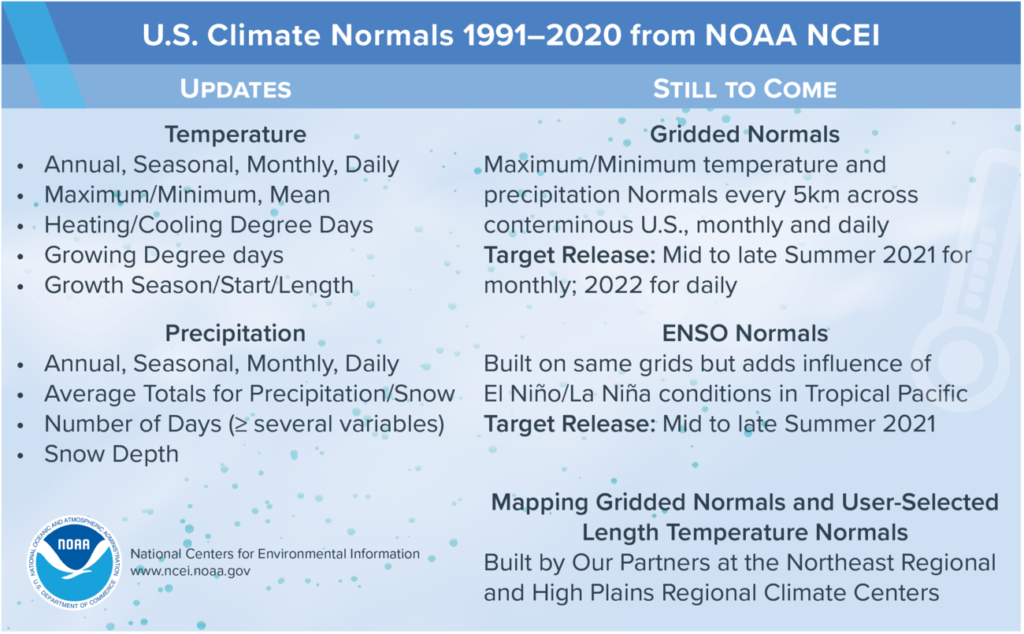
Additional data will be coming out this year including updates to temperatures, precipitation and normals around ENSO (El Nino and La Nina phases)
What Our New 30 Year Averages Tell us About Colorado Weather
Looking at the images below, they tell the story of what happens to the 30 year average as we shift it from 1981-2010 as our years of reference to 1991-2020. If you’ve lived in this beautiful state long enough (I have since the 80’s) and observed the weather anywhere near as much as I have, none of the below should surprise you;
Temperatures
The entire state of Colorado saw a warming trend as we dropped the 1981-1990 decade off the record and replaced it with the period of 1991-2020. Not surprisingly, the Southern and Western parts of the state saw the biggest increase and this should be no surprise as many of those locations have spent many years in drought conditions over the past 30 years. Those same locations are still experiencing pretty significant drought this year as we moved into 2021. There is a pretty decent correlation between how wet/dry the year is and what temperatures you see from a weather standpoint – dryer ground is easier to heat up under a hot summer sun than wet ground is. Humid air is more difficult to heat up or cool down than dry air…
Precipitation
No surprises here either, large portions of the Western and Southwestern United States are growing dryer over the years. As mentioned above, a lot of these areas are experiencing drought more often and more prolonged periods of drought when they do happen.
I’ve posted the current U.S. Drought Monitor map, do you see the similarities in areas that have trended dryer over the past few decades vs where our worst areas of drought are?
This is not always the case that these two would match up but more often than not they do. The 30 year normals and change maps above is a long term measurement and drought classification itself is considered a long term phenomena in regards to weather. It’s the reason why drought cannot be broken over hours, days or weeks… it takes months or even years of above average precipitation to break a drought.
A Quick Note: This Will Change Temperatures/Precipitation vs Average Data for Weather
NOAA is quick to point out:
In the transition to the new set of Normals, shifts in the relative frequency of above- and below-normal conditions will occur. Shifts will be most discernible in areas of the country undergoing substantial warming in the last decade, as experienced in the West and Florida. In those cases, comparisons of averages to current conditions will trigger below-normal temperature days more frequently. This does not mean that conditions are “colder” in the absolute sense; in actuality, higher averages have raised the bar for warmth.
Long story short: Colorado has grown warmer and dryer over the past 30 years and with this shift in what we consider “normal” we may actually see more below average temperature days because the data we use to measure them has changed. Doesn’t mean we are getting colder, just means we’ve “raised the bar” since we’ve been so warm in the past 30 years (as NOAA says above.)
The Trend
For global temperatures, there is no doubt that the average global temperature is rising. We have lots of data to support that and a lot of our warmest years on record have been in the past decade. I expect this trend will continue because in the long term we are in a warming trend… a lot of folks ask me what I think is causing the warming or what I think about “global warming” – that’s a whole other story for an entirely different day.
I will say this though, I live and breathe this data every day. I know how it is collected, I know the hoops the scientific community jumps through to the get the most accurate data that they can and I know a lot of the people collecting this data. I trust this data and what it means.

